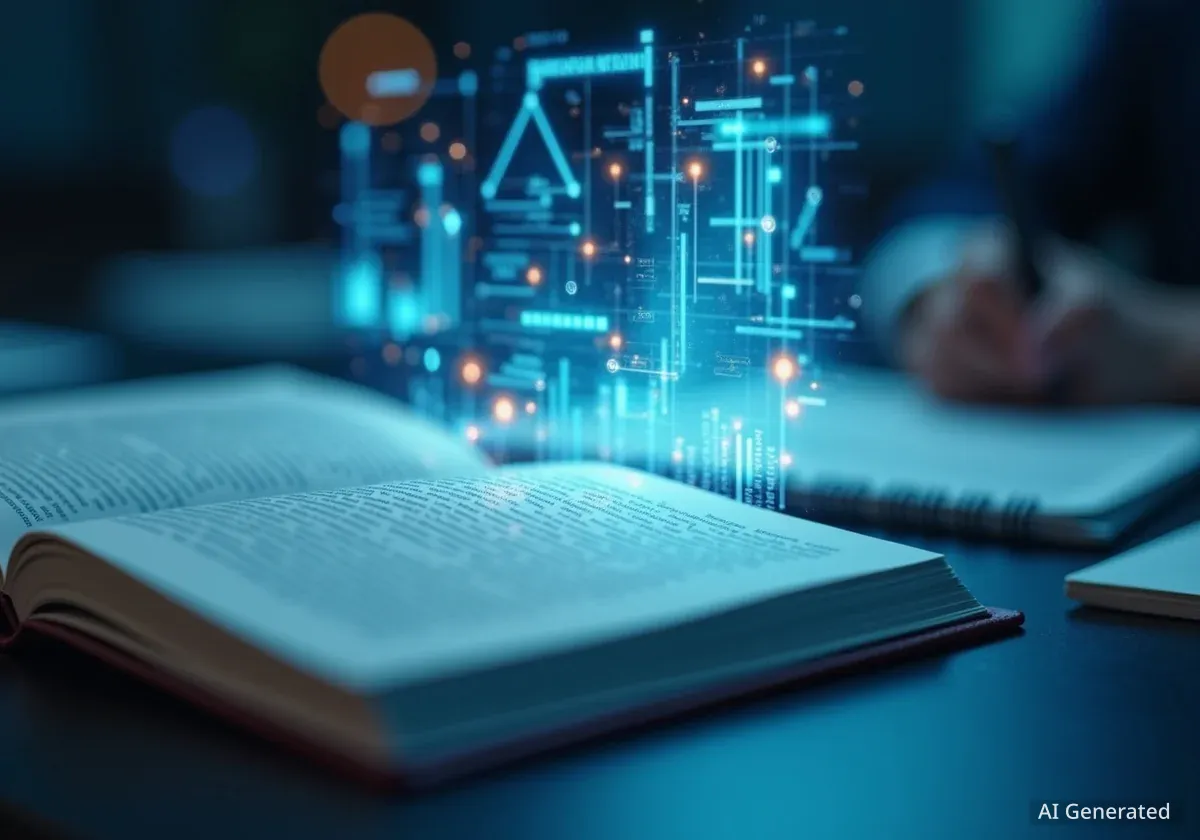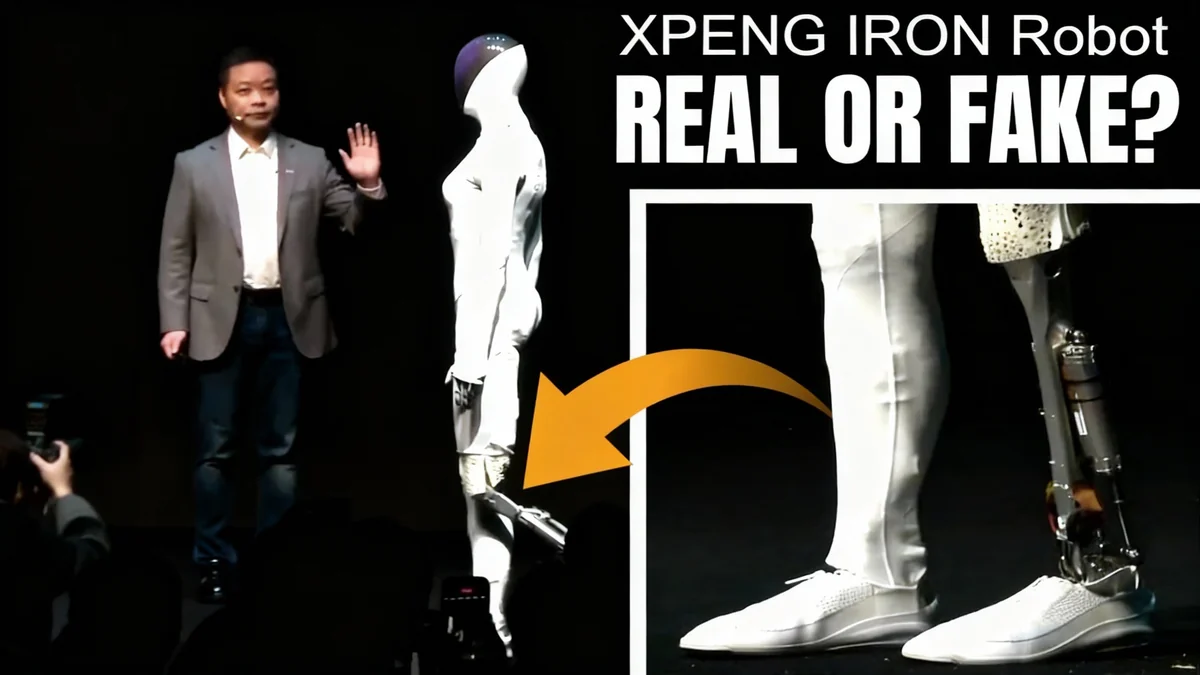The rapid integration of artificial intelligence into the legal profession is creating significant challenges for law firms and in-house counsel. Legal professionals must now navigate how to use these powerful new tools while upholding strict standards of accuracy and ensuring the proper development of junior lawyers.
While AI promises to increase efficiency, its adoption raises fundamental questions about professional responsibility, risk management, and the future of legal training. Striking a balance between innovation and established legal principles is now a primary focus for leadership in the sector.
Key Takeaways
- Legal teams face two main challenges with AI: maintaining rigorous standards and ensuring effective training for new lawyers.
- A major risk of AI is "hallucinations," where the system generates false information that must be diligently verified.
- Junior lawyers have a new opportunity to add value through prompt engineering, shifting their roles from data retrieval to strategic analysis.
- Successful AI integration requires a culture of mentorship, combining senior lawyers' experience with the technical skills of junior associates.
- The goal is to achieve "augmented intelligence," where technology enhances human judgment rather than replacing it.
Upholding Standards in an Automated Era
The introduction of any transformative technology in the legal field has historically raised concerns about maintaining professional rigor. Artificial intelligence is no different. The core responsibility of a lawyer is to provide accurate, well-reasoned advice, a task that requires careful judgment and verification. AI tools, while powerful, introduce a new layer of complexity to this process.
The most significant risk associated with legal AI is the phenomenon of hallucinations. This occurs when an AI model confidently presents information that is entirely fabricated, such as non-existent case law or inaccurate legal precedents. Several high-profile incidents have already occurred where legal professionals submitted court filings with fictional citations generated by AI.
The Need for Structured Skepticism
To counter these risks, legal experts advocate for an approach of structured skepticism. This mindset involves treating every piece of information generated by an AI as unverified until it has been thoroughly checked against reliable sources. In practice, this means AI outputs should undergo the same level of scrutiny as work produced by a first-year associate or a research assistant.
Implementing robust review protocols is essential. Legal teams cannot afford to take AI-generated content at face value. Diligent validation remains the only effective safeguard against the technology's potential for error. While the tools are new, the principle of verification is a long-standing tenet of the legal profession.
The Evolution of Junior Lawyer Training
A second major concern is the impact of AI on the apprenticeship model that has long defined legal training. Traditionally, junior lawyers learned their craft by performing foundational tasks like document review, legal research, and drafting initial memos. These activities, while time-consuming, were crucial for developing analytical skills and legal judgment.
With AI capable of automating many of these tasks, there is a real risk that new lawyers will miss out on these formative experiences. Both junior and senior lawyers have expressed anxiety about how this shift will affect career development and the cultivation of expertise within the profession.
However, this technological shift also presents a unique opportunity. The focus of a junior lawyer's role can evolve from manual data excavation to more strategic functions. The key to this transition lies in mastering a new skill: prompt engineering.
From Document Review to Insight Discovery
Prompt engineering is the art and science of crafting precise instructions to guide an AI toward generating the most useful and accurate output. It requires a deep understanding of both the legal question at hand and the capabilities of the AI model. A well-designed prompt can do more than just find information; it can synthesize data, identify patterns, and propose strategic frameworks that might otherwise be missed.
According to AI strategist Sol Rashidi, advanced AI tools often increase the need for human collaboration rather than reducing it. In a legal context, this means technology must be paired with enhanced mentorship and teamwork.
This creates a new archetype for the junior lawyer: not just an excavator of documents, but an archaeologist of insight. By using skillfully engineered prompts, they can analyze litigation trends, compare drafting options for contracts, or model potential outcomes of legal strategies. This work complements the experience and judgment of senior lawyers, adding a new dimension of value to the team.
The Critical Role of Mentorship and Collaboration
For AI to be a net positive for the legal profession, technology adoption cannot happen in a vacuum. It must be paired with a renewed emphasis on mentorship. The seasoned judgment of experienced lawyers is indispensable for guiding the application of AI tools and interpreting their outputs.
General counsel and firm partners are responsible for creating a culture where technological fluency and traditional legal wisdom can merge. This involves a collaborative environment where junior lawyers, who may be more adept at prompt engineering, work closely with senior lawyers who provide critical context and strategic direction.
"AI tools in the hands of rising lawyers is like giving navigators cutting-edge GPS technology. Their ability to see new paths and obstacles becomes immense—but we must still set the direction, share our experience, and offer our own hard-won experience."
This collaborative model ensures that the powerful capabilities of AI are steered by sound legal judgment. Senior lawyers can help junior associates frame their AI queries more effectively, question the outputs critically, and integrate the findings into a coherent legal strategy. This prevents a scenario where technology operates without the necessary human oversight.
Building a Future-Ready Legal Department
The ultimate goal for legal leadership is not simply to adopt AI but to cultivate a practice of augmented intelligence. This vision combines the strengths of both humans and machines. AI can handle the scale and speed of data processing, while lawyers provide the critical thinking, ethical judgment, and strategic oversight that technology cannot replicate.
To achieve this, legal departments must focus on three key areas:
- Disciplined Validation: Establishing non-negotiable processes for verifying all AI-generated information to prevent costly errors.
- Engaged Experimentation: Encouraging teams to test new AI tools and applications with the same rigor they apply to legal analysis, identifying what works and what doesn't.
- Strategic Mentorship: Fostering a culture where experienced lawyers actively guide and collaborate with junior lawyers to harness AI's potential responsibly.
As AI continues to evolve, skills like sophisticated prompting will likely become highly valued and a key differentiator in hiring. By proactively addressing the challenges of validation and training, the legal profession can ensure that AI serves as a gateway to greater efficiency and strategic value, rather than an obstacle to professional excellence.





